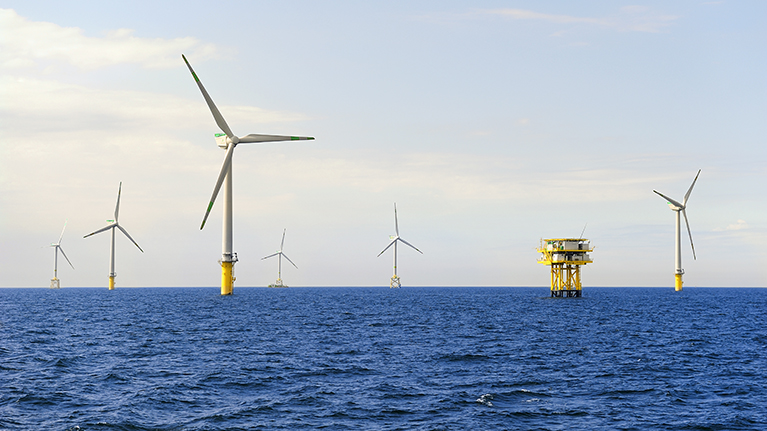Right now, there are over seven billion people walking or crawling on the earth. Right now, North America ranks fifth in the world for population density behind Asia, Africa, Europe, and Latin America.
Much like many other places, we have a trash problem, but it doesn’t stop there. We have a consumption problem too. While we can create most synthetic materials until it’s coming out of our ears or spilling from our trash cans and municipal landfills, the use of outdated energy resources, organic materials, and fossil fuels has a shelf life, and there is only so much time left.
Should we find new ways to reduce waste? Can we make significant progress with an exploding world population?
Right now, the UN Department of Economics and Social Affairs predicts a “peak” of nine to 10 billion in the global population by 2050. Right now, there are tip-of-the-spear technologies netting solutions to the consumption and waste issues piling up in an ever-populating market and society.
According to Waste Management World, the global waste to energy sector was valued at $35.1 billion in 2019 and is projected to reach $50.1 billion by 2027.

Whether it is innovation in renewable energies, composite materials, or low-temperature waste heat recovery, sustainable and reusable practices are quickly becoming the business standard.
Paul Conlon, president of BITZER North America, a global supplier of refrigeration and air-conditioning technologies, pointed to a company like ElectraTherm near Atlanta, saying “the firm’s unique technology takes waste heat and generates power.”
“Everything from biomass to capping and generating electricity from oil field flares,” he continued.
Using just hot water and their proprietary technology, the Georgia business converts low-temperature and waste-heat sources into usable, profitable power. Traditional methods involve converting high-temperature waste sources, like those at a power plant, into power. Using low-temperature sources will enable businesses of all sizes to potentially boost their energy efficiencies and pad the bottom line.
The writing was on the wall
From the first time we ordered bottled water with our McDonald’s salad, from the first time the organic section at the grocery expanded into its own aisle, and from all the environmental changes implemented by OSHA or the Environmental Protection Agency over the last 25 years, we knew a change in protocol was looming.
The innovative, sustainable, and renewable solutions to energy and product waste will soon be the only tools in the shed. Much like the TV repairman and glass-bottled pops, the corporate and governmental disregard to a market full of harmful standards and products is a thing of the past.
Right now, we are green. Right now, we are moving on.










